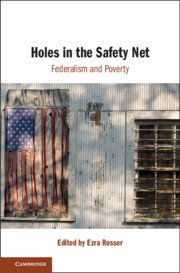New Article: Jonathan Feingold, Civil Rights Catch 22s, 43 Cardozo L. Rev. 2 (2022). Abstract below:
Civil rights advocates have long viewed litigation as a vital path to social change. In many ways, it is. But in key respects that remain under-explored in legal scholarship, even successful litigation can hinder remedial projects. This perverse effect stems from civil rights doctrines that incentivize litigants (or their attorneys) to foreground community plight—such as academic underachievement or over-incarceration. Rational plaintiffs, responding in kind, deploy legal narratives that tend to track racial biases and regressive theories of inequality. When they do, even successful lawsuits can harden the structural and behavioral forces that produce and perpetuate racial inequality.
I refer to this dynamic as a “civil rights catch 22.” To concretize this phenomenon and its effects, I explore recent right-to-education lawsuits featuring low-income students of color. The cases reveal how doctrine can drive plaintiffs to portray themselves and their communities through a lens of poverty and illiteracy. Even if strategic from a litigation perspective, the proliferation of such narratives can entrench disparities across educational domains.
For decades, critical race theorists have revealed how the law “constructs” race. This article builds on that canon but shifts the lens to litigation itself. For those committed to meaningful racial reform, better understanding this dynamic is essential—particularly given the emancipatory role that civil rights litigation is understood to fulfill.





